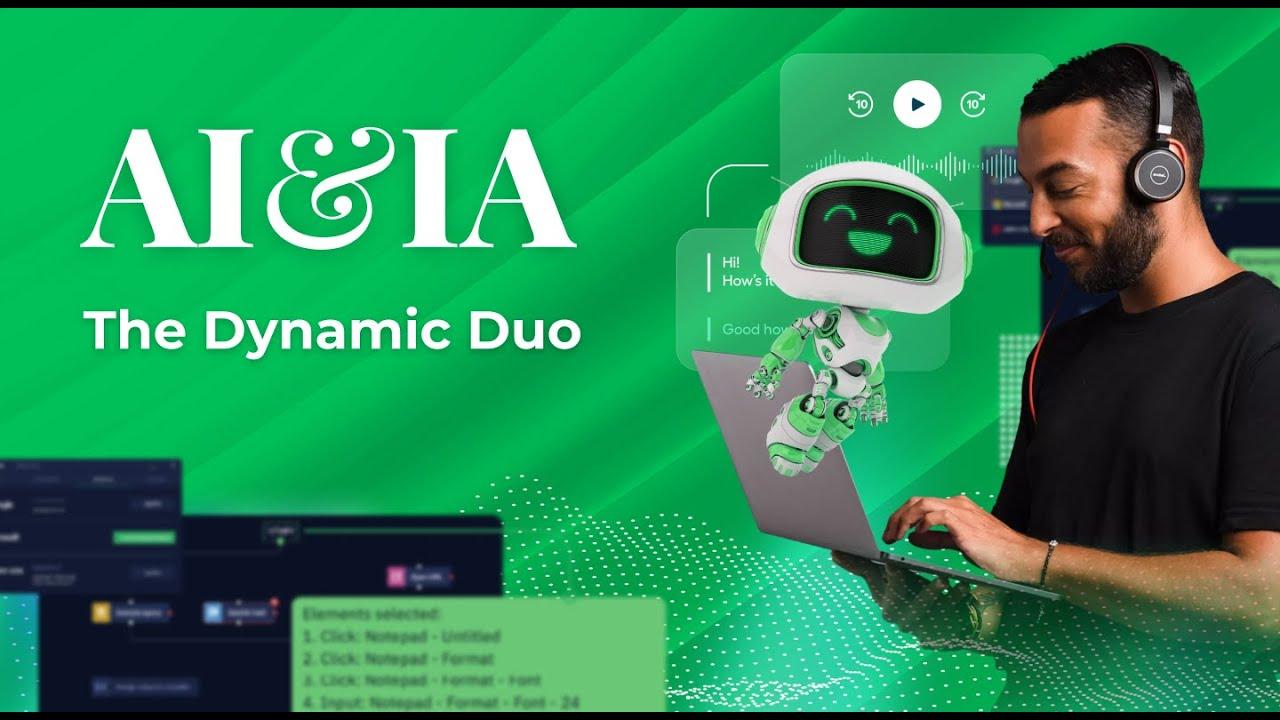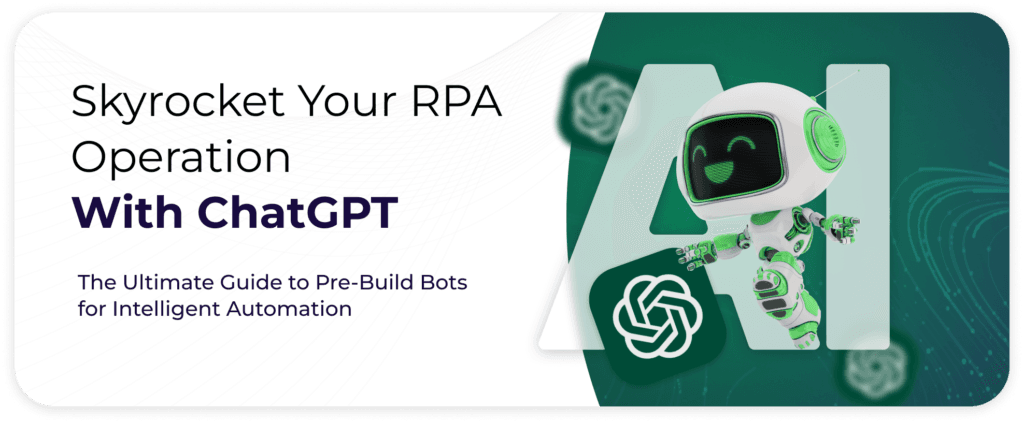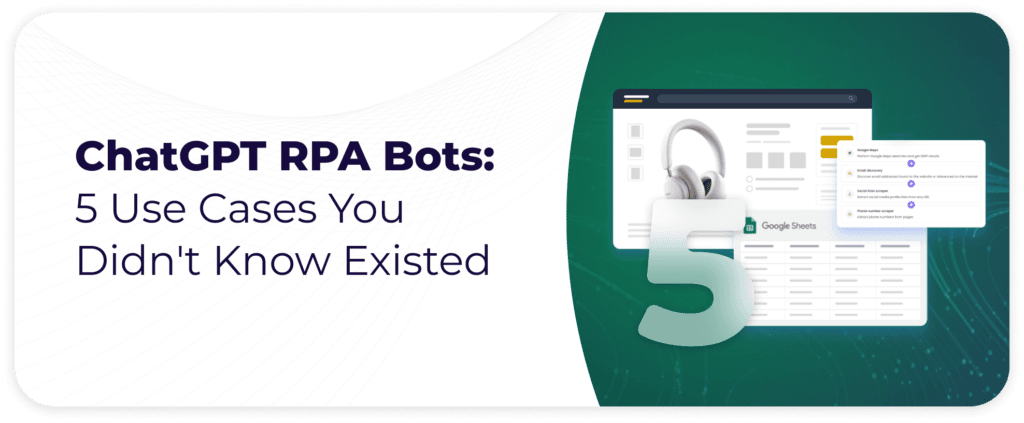A transformative force has emerged in the landscape of artificial intelligence and natural language processing. Generative Pre-trained Transformers, or GPT, stand at the forefront, redefining how we interact with language generation technology.
These technologies are critical in enhancing communication, automating tasks, and understanding human language in many applications.
The GPT models are trained on a vast amount of text data, allowing them to learn the patterns and nuances of language. This allows for more accurate and natural responses when generating text. See it in action with the ElectroNeek Product Documentation.
With this technology at our fingertips, we can unlock endless possibilities in various industries such as customer service, marketing, education, and more.
But what sets GPT apart from other language generation models?
The answer lies in its ability to generate text that is both coherent and contextually relevant. GPT models are equipped with the knowledge of grammar, syntax, and vocabulary, enabling them to produce seamless and human-like text.
However, it's not just about generating flawless sentences; Generative Pre-trained Transformers also has the power to understand and respond to user input.
Despite the progress, the challenge remains to develop AI technologies that can comprehend and generate human language with high coherence and context-awareness. This gap has hindered the potential for AI to revolutionize industries, particularly in automating content generation, language translation, and customer support.
How can we bridge this gap in AI's language understanding and generation capabilities to unlock new possibilities in automation, communication, and efficiency?
What are Generative Pre-trained Transformers?
Enter Generative Pre-trained Transformers (GPT), a groundbreaking class of machine learning models that harness deep neural networks and transformer architectures. GPT stands out by being pre-trained on vast datasets, enabling it to learn the nuances of human language. This pre-training process allows GPT to generate coherent and contextually appropriate text, making it a powerful tool in overcoming the limitations faced by traditional AI models. By leveraging GPT, we can take AI-generated text to the next level and unlock new frontiers for innovation. Let's dive deeper into how GPT works and its impact on various industries.
How does Generative Pre-trained Transformers Work?
GPT models use unsupervised learning techniques, which means they don't require labeled data to learn. Instead, they rely on massive amounts of raw text data, such as books, articles, and websites, to train themselves on the patterns and structures of language. By doing so, they can generate grammatically correct and contextually relevant text. This approach also allows GPT models to continually improve their language generation capabilities without manual coding or fine-tuning.

- Transformer Architecture: GPT utilizes a sophisticated encoder-decoder structure with multiple attention layers, allowing it to capture long-range dependencies and understand the relationship between words.
- Pre-training and Fine-tuning: GPT models undergo fine-tuning for specific tasks after being pre-trained on diverse datasets, further enhancing their applicability across various domains. This process enables GPT to adapt and generate text based on context and task.
- Generative Capability: GPT models are trained on large amounts of data, enabling them to generate coherent and contextually appropriate text. This makes them particularly useful in tasks like content generation, language translation, summarization, and dialogue systems.
Applications of Generative Pre-trained Transformers:
- Content Generation: From crafting articles and posts to drafting personalized emails, GPT's ability to generate human-like text has significant implications for content creation.
- Language Translation and Text Summarization: GPT models excel in translating languages and summarizing texts, facilitating better communication and information dissemination.
- Enhancing Customer Interactions: Through sentiment analysis and automated support ticket responses, GPT improves customer service and engagement.
- Automating Tasks: GPT's generative capabilities can automate tasks like data entry, report writing, and chatbot conversations.
In short, GPT is a powerful tool that can revolutionize how we interact with language technology. Its applications are vast, from enhancing communication to automating tasks and improving efficiency in various industries. The possibilities for this transformative force are endless with ongoing advancements in AI technology and continued development in GPT models.

GPT for IT Service
IT service providers can leverage GPT to streamline operations and enhance offerings. This includes automating responses to support tickets, generating and analyzing code, and understanding IT-related documentation for faster problem-solving.
With GPT, IT service providers can improve efficiency, reduce response times, and provide a more personalized experience for their clients. This improves customer satisfaction and frees up valuable time and resources for IT professionals to focus on more complex tasks.
As GPT continues to advance in its capabilities and applicability, the possibilities for its use in business operations are endless. With its ability to generate human-like text, understand context, and adapt to specific tasks, GPT has the potential to transform industries and revolutionize the way we interact with language technology.
5 GPT Use Cases for Finance Departments
1. Automated Reporting and Data Analysis:
- GPT can generate routine reports like financial statements, expense summaries, and variance analyses, freeing up staff time for more strategic tasks.
- Analyze large datasets to identify trends, anomalies, and potential risks hidden within the numbers.
- Summarize complex financial documents and highlight key takeaways for easier decision-making.
2. Personalized Financial Insights and Forecasting:
- Analyze historical data and market trends to generate personalized financial forecasts for your company.
- Predict cash flow, revenue, and expenses with improved accuracy, aiding in budgeting and resource allocation.
- Tailor investment recommendations based on individual risk tolerance and financial goals.
3. Conversational Finance Chatbots:
- Implement AI-powered chatbots to answer common customer inquiries about accounts, transactions, and payments 24/7.
- Handle basic loan applications and automate approvals for low-risk cases, streamlining the process and improving customer satisfaction.
- Provide personalized financial advice and education through interactive conversations.
4. Regulatory Compliance and Fraud Detection:
- Analyze contracts, agreements, and regulatory documents to ensure compliance and identify potential issues.
- Monitor transactions for suspicious activity and flag potential fraud in real-time, proactively mitigating risks.
- Generate audit reports and identify areas for improvement based on compliance standards.
5. Enhanced Investor Relations and Communication:
- Generate investor presentations and reports with clear, concise, and engaging language.
- Answer investor inquiries with accurate and relevant information, fostering trust and transparency.
- Summarize financial news and market trends, keeping investors informed of relevant developments.
Bonus Use Case:
- Develop engaging training materials for financial concepts.
- Create personalized financial literacy content for customers.
5 GPT Use Cases for Transforming Manufacturing:
- Machine-Generated Events Monitoring: This involves GPT analyzing data from sensors and production lines to predict equipment failures and recommend preventive maintenance before they occur. Think of it as a fortune teller for your machines, preventing costly downtime and boosting productivity.
- Customer Service Automation: Tired of long wait times? GPT can handle basic customer inquiries, answer product questions, and generate personalized responses based on user history. This frees up human representatives for complex issues while providing 24/7 support.
- Document Search & Synthesis: Buried under mountains of manuals and reports? GPT can quickly scan large volumes of text, locate relevant information, and even summarize key findings. This saves valuable time and ensures everyone has access to the knowledge they need.
- Product/Content Catalog Discovery: Need help finding the perfect product or navigating a complex catalog? GPT can understand user needs and recommend relevant offerings. Think of it as an intelligent search engine tailored specifically to your products, boosting sales and improving customer satisfaction.
- Supply Chain Advisor: Navigating the complexities of the supply chain is no easy feat. GPT can analyze historical data, predict demand fluctuations, and suggest optimal sourcing strategies. Imagine having a real-time advisor whispering insights into your ear, ensuring smooth operations and efficient resource allocation.
Bonus Use Case:
- Generative Design & Innovation: GPT can be used to explore new design possibilities, generate creative concepts, and even optimize product features based on user feedback. Imagine an AI brainstorming partner constantly pushing the boundaries of innovation.
5 GPT Use Cases for Logistic
1. Smart Route Optimization:
- Analyze historical traffic data, weather patterns, and real-time road conditions to suggest the most efficient delivery routes, reducing fuel costs and delivery times.
- Optimize multi-stop deliveries by intelligently sequencing stops and factoring in factors like truck size, weight limits, and delivery windows.
- Proactively adjust routes based on unexpected delays or disruptions, ensuring deliveries stay on schedule.
2. Predictive Maintenance and Inventory Management:
- Analyze sensor data from vehicles and warehouses to predict when equipment needs maintenance, preventing costly breakdowns and downtime.
- Optimize inventory levels by forecasting demand and suggesting optimal stock levels for different locations, reducing storage costs and stockouts.
- Analyze historical data to identify patterns of theft or damage, improving security measures and reducing losses.
3. Enhanced Customer Service and Communication:
- Implement chatbots powered by GPT to answer customer inquiries about deliveries, track shipments, and resolve basic issues 24/7.
- Generate personalized notifications and updates on delivery status, keeping customers informed and improving satisfaction.
- Analyze customer feedback to identify areas for improvement and personalize communication based on individual needs.
4. Document Summarization and Analysis:
- Summarize complex logistics contracts, shipping documents, and customs regulations, highlighting key information for faster processing and improved accuracy.
- Analyze large datasets of logistics data to identify trends, bottlenecks, and opportunities for improvement.
- Generate reports on key performance indicators (KPIs) and compliance metrics, providing valuable insights for decision-making.
5. Personalized Logistics Solutions and Automation:
- Analyze customer needs and preferences to recommend tailored logistics solutions, such as specific shipping options or insurance plans.
- Automate repetitive tasks like order processing, invoicing, and data entry, freeing up staff time for more strategic activities.
- Generate customized reports and dashboards for different stakeholders within the logistics chain, providing relevant information at a glance.
Bonus Use Case:
- Demand Forecasting and Supply Chain Optimization: Analyze historical data and market trends to predict demand for specific products in different regions.
- Optimize the supply chain by suggesting optimal sourcing strategies, production schedules, and transportation modes based on predicted demand.
- This can help reduce lead times, minimize waste, and ensure products are available when and where they are needed.
Remember: These are just a few examples, and the potential applications of GPT in logistics are constantly evolving. As GPT technology continues to develop, we can expect even more groundbreaking use cases to emerge, transforming how we manage and optimize the flow of goods worldwide.
Do you have any specific use cases where you'd like to see GPT AI RPA applied?
The availability of GPT on platforms like ElectroNeek represents a shift towards streamlined, innovative, and automated operations. Tell us about your specific use cases.
Exploring the potential of GPT, even for free with the ElectroNeek Community Edition, can revolutionize how your business engages with technology, making it an opportune moment to embrace and integrate these advancements into your operations.

